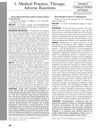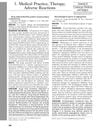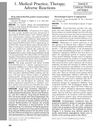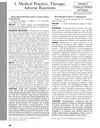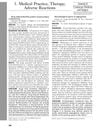Phototherapy, Photomedicine, and Pigmentary Disorders
July 2003
in “
Journal of Cutaneous Medicine and Surgery
”
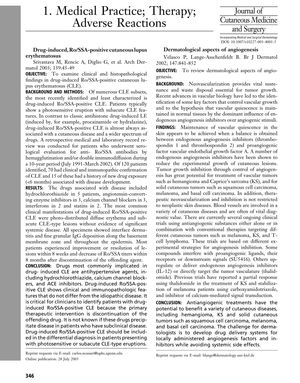
TLDR Stopping certain drugs can improve skin conditions, arsenicosis affects over half of a Bangladeshi village, males are more vulnerable, and certain treatments are effective for warts, acne, and psoriasis. Smoking and drinking are linked to psoriasis in men, a cream helps with a type of skin cancer, and low iron levels don't directly cause chronic hair loss in women.
In a study conducted from 1991 to 2002, 70 out of 120 patients were confirmed to have drug-induced Ro/SSA-positive cutaneous lupus erythematosus (CLE), with 15 having a history of new drug exposure. The primary treatment was discontinuation of the offending drug, leading to improvement or resolution of lesions within 8 weeks. A 2003 survey in Bangladesh involving 561 villagers found over 50% showing skin manifestations due to arsenicosis, with males more vulnerable. Two studies in 2003 explored treatments for skin conditions, finding topical 5-aminolaevulinic acid photodynamic therapy (ALA-PDT) effective for recalcitrant warts and acne, and twice-weekly narrowband ultraviolet B (NB-UVB) phototherapy as effective as three-times-weekly treatment for chronic plaque psoriasis. Another study with 113 patients found three times weekly NB-UVB phototherapy cleared psoriasis faster than twice-weekly treatment. Studies on psoriasis and dermatitis treatments found monoclonal antibodies and oral pimecrolimus effective, and a strong association between smoking and/or drinking and psoriasis in men. Two studies on primary nodular basal cell carcinoma found 5% imiquimod cream effective, with 71% and 76% of patients showing tumor clearance in the 6- and 12-week studies. A study involving 194 females found no direct relationship between low serum ferritin and chronic diffuse telogen hair loss.
